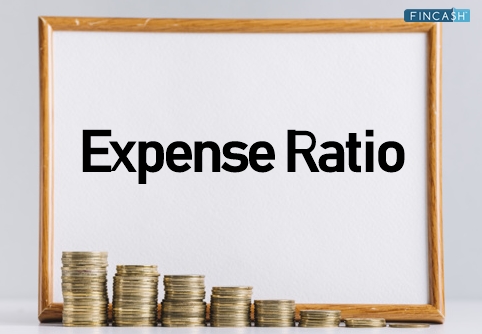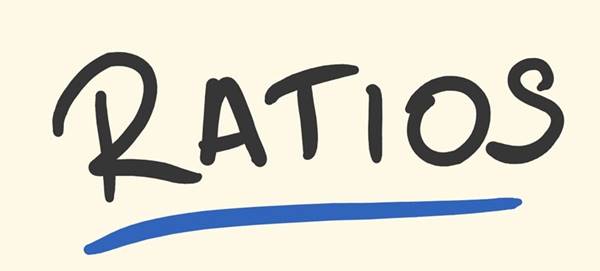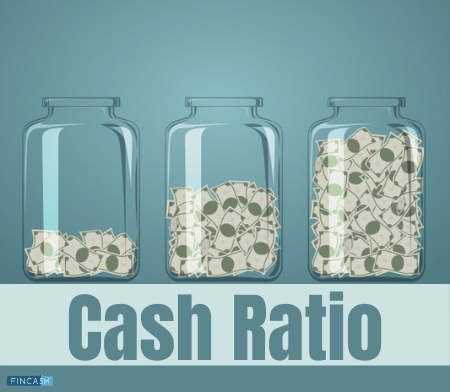
Table of Contents
What is a Combined Ratio?
The combined ratio definition is the tool that is used by the insurance providers to ascertain their Financial Performance for the past few years. The formula is extensively used to calculate how well the organization is doing. The company has to calculate the total of the losses and expenses they have incurred for the year and then divide the result by the earned premium.

Combined Ratio Formula
Below is the formula for calculating the combined ratio:
Combined ratio = losses + expenses / Earned Premium
A combined ratio is mainly used to calculate the total money that goes out of the company through expenses, losses, and dividends. The expense ratio suggests the professionalism of the insurer and how well they manage to use their resources to drive growth and enhance the overall performance of the company. Of all the three individual ratios, the combined ratio is the most popular option. That’s because it helps the company measure the combined performance by taking all three factors into consideration.
How do you Calculate the Combined Ratio?
The combined ratio is available in the percentage form. Basically, the ratio that exceeds 100% shows the profit the company is making from the premiums and other Earnings. If the ratio goes below 100%, it means the insurance provider is paying more money on the expenses and losses than the amount it’s earning from the premiums.
Most types of insurance providers believe that the combined ratio is an ideal way to calculate the success of the firm, as it excludes the investment Income and calculates the profit earned by the company through efficient management only. This information is important to note because a part of your dividend must be invested in Bonds and other types of financial instruments.
Talk to our investment specialist
Let’s understand the concept with an example:
Suppose you run an insurance company and you collect INR 60,000 through the premiums and pay INR 48,000 in settling the claims filed by the policyholders. The company pays INR 6,000 for operating expenses.
Now, the combined ratio of this insurance company will be INR 6000 + INR 48,000 / INR 60,000 = 90%.
In simple words, the insurance company has to add all the expenses and losses it has incurred in the course of a financial year and divide the result by the net premium. This will give you the combined ratio. Not only does it help you calculate your expenses, losses, and premiums, but the combined ratio can be used as the financial Basis that gives you the brief of the financial statement for the current year.
Loss Ratio and Combined Ratio – How Do They Differ?
As the name suggests, the loss ratio will help you calculate the total losses a company has incurred in relation to the premiums it has earned. In order to calculate the combined ratio, you are supposed to add the expense ratio and the loss ratio.
To calculate the loss ratio, you must divide the losses your company has incurred by the premiums you have collected in that year.
All efforts have been made to ensure the information provided here is accurate. However, no guarantees are made regarding correctness of data. Please verify with scheme information document before making any investment.












